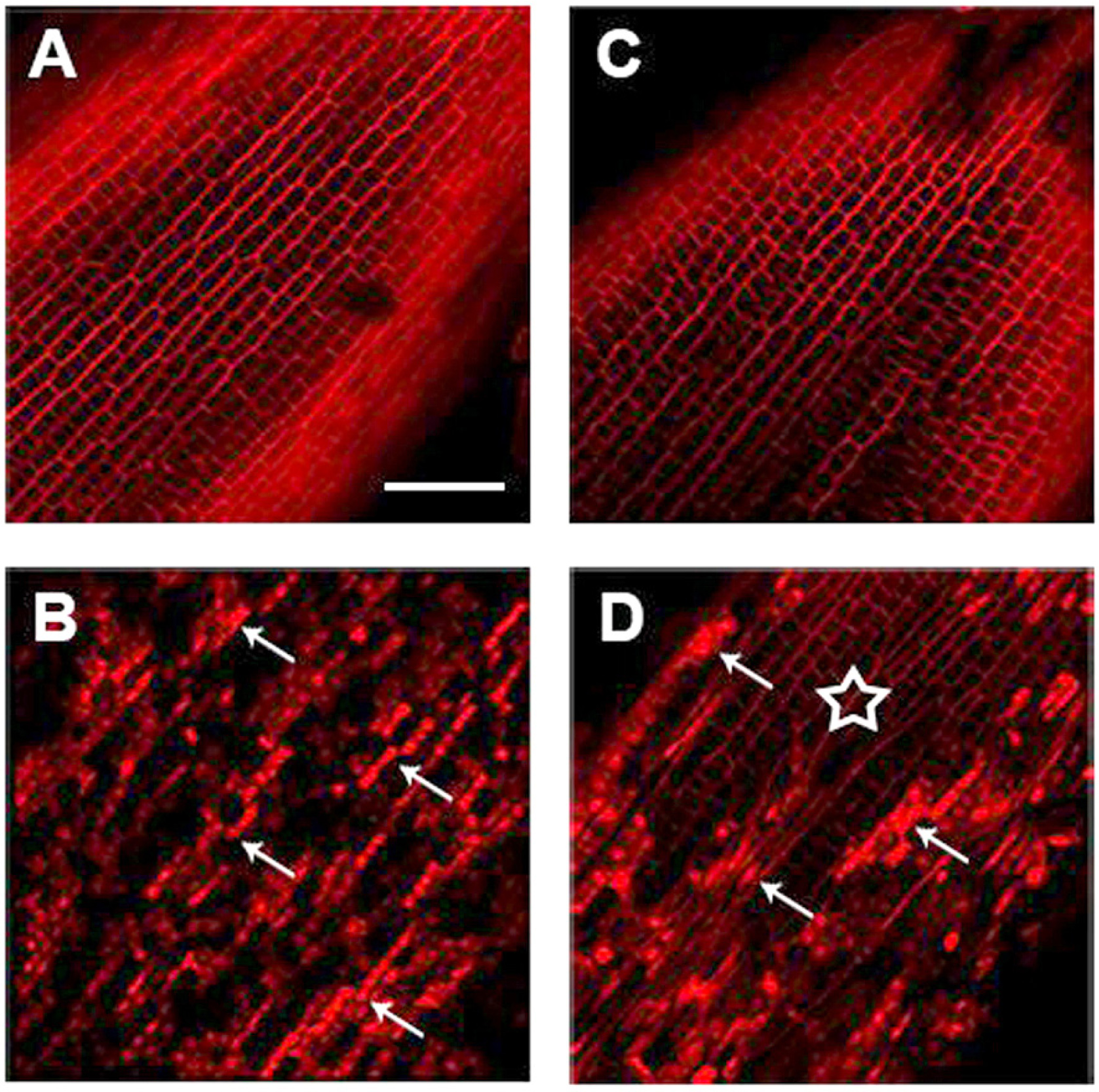Comparison of root growth and morphological responses to Cadmium and Nickel in two maize cultivars
Abstract
Two maize cultivars ‘Premjia 190 MB’ and ‘Blitz 160 MB’, in their seedling stage were exposed for 3 days to Cd2+ and Ni2+, separately and also jointly, in concentrations that caused significant inhibition but not cessation of root growth. Primary root growth, cell viability, tissue organization and root system morphology of both cultivars were similar under control conditions. Length of primary roots of both cultivars was significantly reduced by Cd and Ni ions and by the joint treatment (Cd+Ni), under which also early reduction of cell viability occurred. Comparing the two metals, Cd and Cd+Ni proved to be more toxic than Ni alone, with the exception of the effects on ‘Blitz 160 MB’ lateral root formation. Comparing the cultivars, ‘Premija190 MB’ seemed to be more sensitive to Cd and Cd+Ni than to Ni in all studied parameters, while the early reduction of cell viability, activity of lateral root formation and root thickness in ‘Blitz 160 MB’ were more sensitive to Cd+Ni and Ni. The studied growth and morphological characteristics of roots suggest that, at least in the stage of 5 to 6-day-old seedlings, the cultivar ‘Blitz 160 MB’ responded more sensitively to experimentally induced heavy metal stress conditions than did the cultivar ‘Premjia 190 MB’.
References
Clemens S., Palmgren M.G., Krämer U. 2002. A long way ahead: understanding and engineering plant metal accumulation. Trends in Plant Sci. 7: 309–315.
Chen C. Huang D., Liu J. 2009. Functions and toxicity of nickel in plants: Recent advances and future prospects. Clean 37: 304–313.
Foy C.D., Chaney R.L., White M.C. 1978. The physiology of metal toxicity in plants. Annu. Rev. Plant Physiol. 29: 511–566.
Gallegoa S.M., Penaa L.B., Barciaa R.A., Azpilicuetaa C.E., Iannonea M.F., Rosalesa E.P., Zawoznika M.S., Groppaa M.D., Benavidesa M.P. 2012. Unraveling cadmium toxicity and tolerance in plants: Insight into regulatory mechanisms. Env. Exp. Bot. 83: 33–46.
Gerendás J., Polacco J.C., Freyermuth S.K., Sattelmacher B. 1999. Significance of nickel for plant growth and metabolism. J. Plant Nutr. Soil Sci. 162: 241–256.
Hasan S.A., Fariduddin Q., Ali B., Hayat S., Ahmad A. 2009. Cadmium: Toxicity and tolerance in plants. J. Environ. Biol. 30: 165-174.
Lux A., Martinka M., Vaculík M., White P.J. 2011. Root responses to cadmium in the rhizosphere: a review. J. Exp. Bot. 62: 21–37.
Maksimović I., Kastori R., Krstić L., Luković J. 2007. Steady presence of cadmium and nickel affects root anatomy, accumulation and distribution of essential ions in maize seedlings. Biol. Plant. 51: 589–592.
Marschner H. 1995. Mineral nutrition of higher plants. 2nd ed. Academic Press, London.
Oh D., Lee S.Y., Bressan R.A., Yun D., Bohnert H.J. 2010. Intracellular consequences of SOS1 deficiency during salt stress. J. Exp. Bot. 61: 1205–1213.
Rogers E.E., Eide D.J., Guerinot M.L. 2000. Altered selectivity in an Arabidopsis metal transporter. Proc. Natl. Acad. Sci. USA 97: 12356–12360.
Sanità di Toppi L., Gabbrielli R. 1999. Response to cadmium in higher plants. Env. Exp. Bot. 41: 105–130.
Sanz A., Llamas A., Ullrich C.I. 2009. Distinctive phytotoxic effects of Cd and Ni on membrane functionality. Plant Signaling & Behavior 4: 980–982.
Seregin I.V., Kozhevnikova A.D. 2006. Physiological role of nickel and its toxic effects on higher plants. Russ. J. Plant Physiol. 53: 257–277.
Seregin I.V., Kozhevnikova A.D. 2008. Roles of root and shoot tissues in transport and accumulation of cadmium, lead, nickel, and strontium. Russ. J. of Plant Physiol. 55: 1–22.
Sun E.J., Wu F.Y. 1998. Along-vein necrosis as indicator symptom on water spinach caused by nickel in water culture. Bot. Bull. Acad. Sin. 39: 255–259.
Široká B., Huttová J., Tamás L., Šimonovičová M., Mistrík I. 2004. Effect of cadmium on hydrolytic enzymes in maize root and coleoptiles. Biologia, Bratislava 59: 513-517.


This work is licensed under a Creative Commons Attribution-NonCommercial-NoDerivatives 4.0 International License.
The journal is licensed by Creative Commons under BY-NC-ND license. You are welcome and free to share (copy and redistribute the material in any medium or format) all the published materials. You may not use the material for commercial purposes. You must give appropriate credit to all published materials.
The journal allow the author(s) to hold the copyrights and to retain publishing rights without any restrictions. This is also indicated at the bottom of each article.





